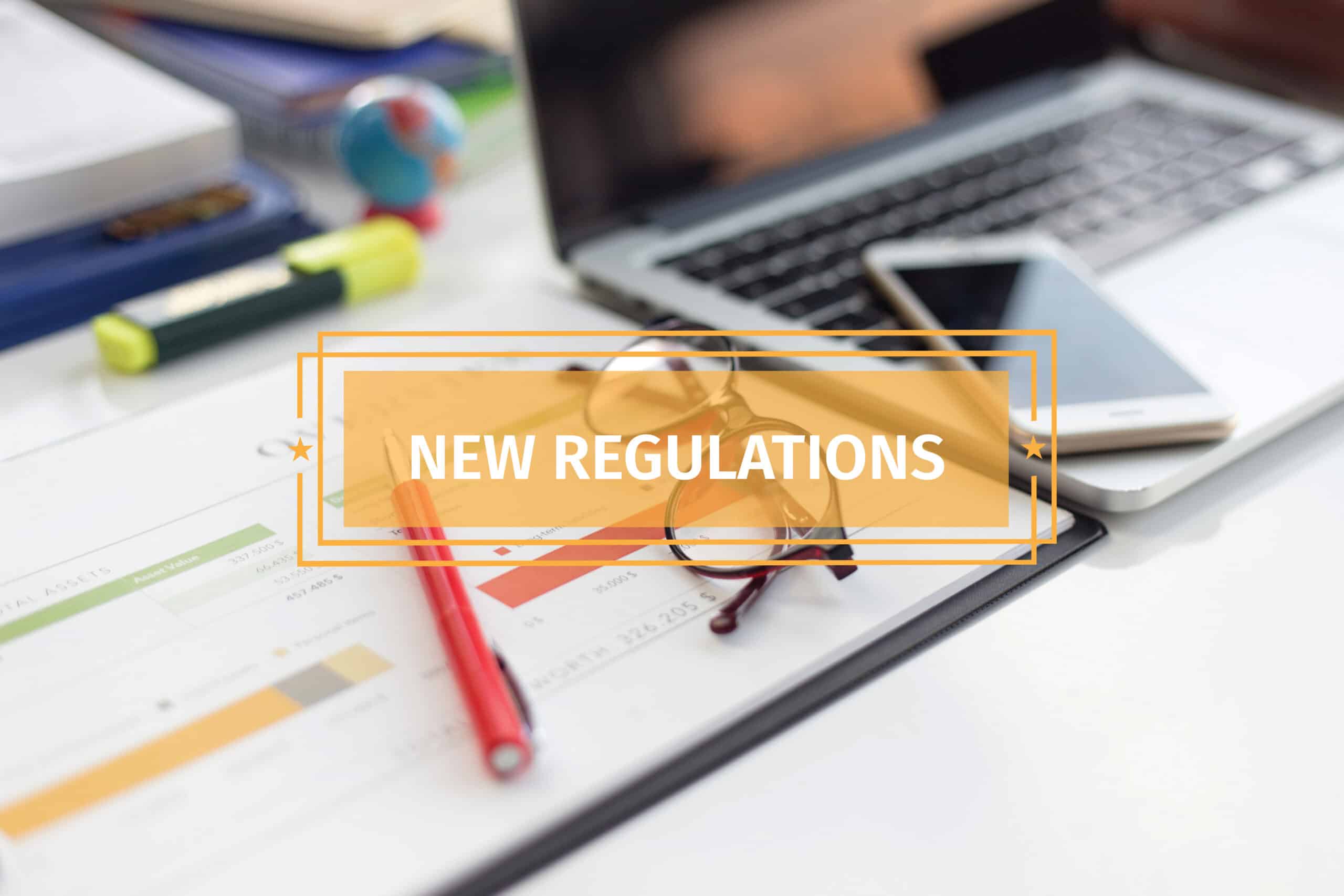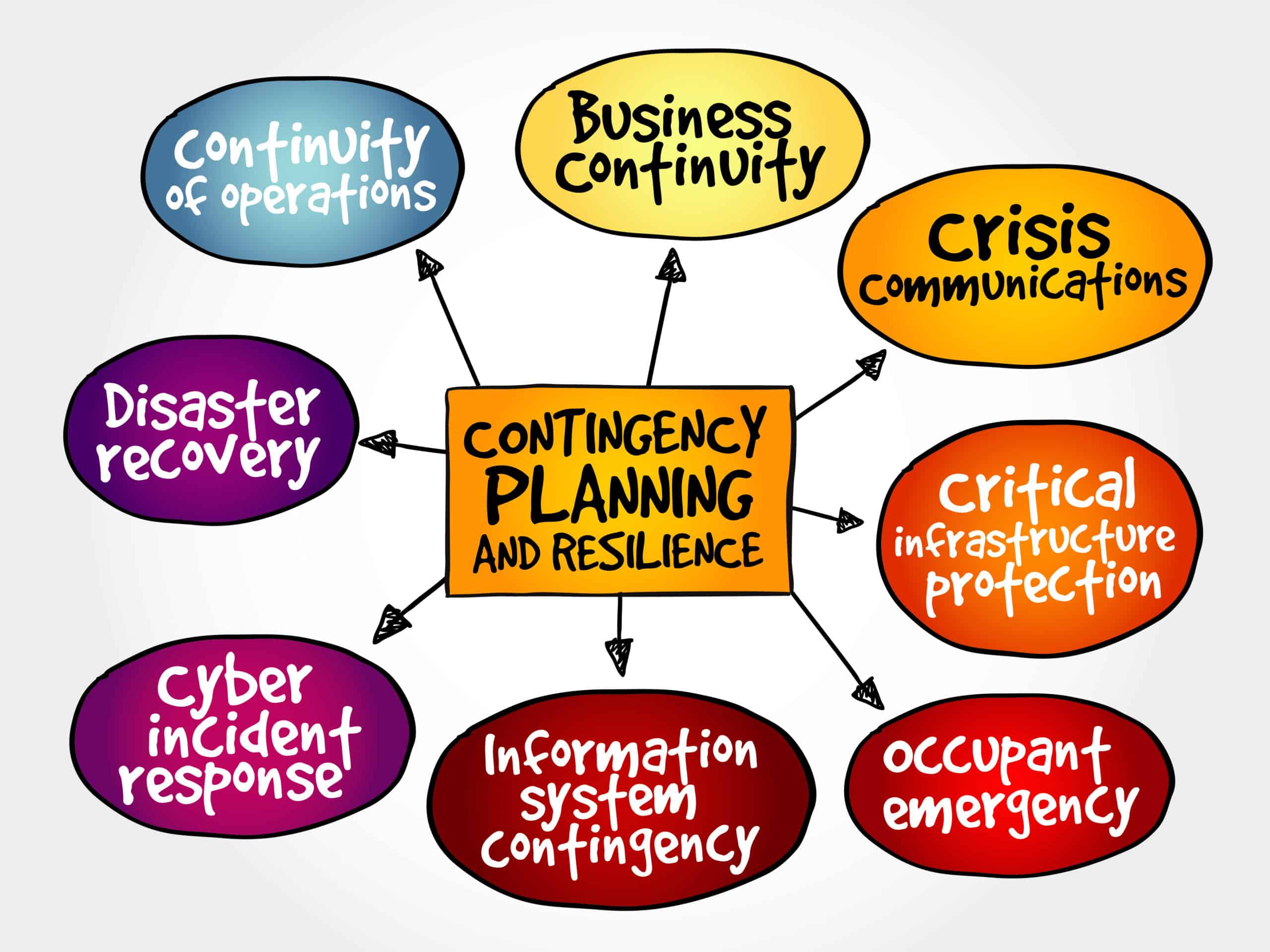Business Contingency Planning isn’t generally at the top of the list of things on an entrepreneur’s mind. But the fact is that running a small business often means wearing many hats and handling all aspects of your business yourself. You pour your heart, soul, and resources into building your business. And it’s easy to get mired in the minutiae of day-to-day operations. This leaves little time for thinking about the future or planning for unexpected events. Unfortunately, unexpected events do occur, and without proper planning they can threaten the very existence of your business!
Consider the What Ifs
Don’t get caught in the trap of ignoring the real possibility of the unexpected. Think about all of these “what ifs”:
- you learn that you have cancer?
- you fall and break an arm? Get in a car accident? End up in the hospital?
- a family member is critically ill and you need time away to care for them?
What happens while you are unable to attend to your business? Who takes care of your clients? What about work in progress? Will you owe refunds to clients who have prepaid for services you won’t be able to offer? Creating a business contingency plan provides stability and continuity for your business when the unexpected happens.
What is Business Contingency Planning?
While succession planning focuses on a controlled transfer of ownership and responsibilities, business contingency planning (also known as continuity planning or disaster recovery planning) addresses unpredictable challenges that disrupt business operations. This involves identifying risks that could unexpectedly impact your business operations. And then creating plans and procedures to mitigate those risks. Some common risks include natural disasters, economic downturn, data breaches, supply chain interruptions, loss of critical infrastructure, and owner illness or disability. The goal of contingency planning is to minimize downtime and resume operations quickly.
Solopreneurs face unique challenges in weathering unexpected storms. Your business might rely heavily (or exclusively) on your personal efforts, making it especially vulnerable to disruptions. Business contingency planning helps you prepare for these uncertainties.
Step One – Identify Threats
The first step in contingency planning is to identify the potential threats to your business. And what those threats are will vary greatly by the type of business or industry. But a few are universal. Below are some important threats to consider when contingency planning.
Potential Threats:
- As the owner, you have personal health issues that prevent you from working for a period of time. How would operations continue? Permanent inability to work or death of the owner should be addressed in succession planning. In contingency planning, this question assumes the owner will return to work eventually. But coverage to keep the business operational is needed in the interim.
- There is a data loss, data breach, or other technology failure, such as a computer dying unexpectedly. Do you have a system for routinely backing up information so that you could quickly recover? Do you have cybersecurity insurance in place?
- You encounter a disruption in the supply chain. This became a huge issue during the COVID pandemic. Are alternate suppliers available? Do you have a plan B?
- Your business location (which may be your home) is destroyed by flood, fire, or other natural disaster. Do you have a plan for closing or relocating? Are you able to work from another location? What will you need to be able to do so?
- You suffer the sudden loss of key staff. How will their duties be covered?
What other threats can you identify that are specific to your business?
Step Two – Develop Your Continuity Plan
The second step for creating a contingency plan is to develop detailed business continuity plans. The continuity plan must be specifically tailored to your business and outline how your business will respond for each threat identified in step one. There is not a one-size-fits-all approach to contingency plan, so some of the elements listed below may not apply to your business. That said, the key elements of a business contingency (or continuity) plan may include any or all of the items listed below.
Key Elements:
- Preventive measures. Steps to avoid potential emergencies, like backing up data offsite, remote work arrangements, communication protocols, robust cybersecurity measures, data recovery plans, insurance.
- Emergency procedures. Documented plans to quickly respond to disasters; clear lines of communication during a crisis.
- Communication plan. Who will notify staff, customers, vendors if a disruption occurs?
- Documenting systems. Document how you maintain financial records, inventory data, supplier & vendor contracts, and other key information. This provides a guide for those taking over operations temporarily.
- Interim leadership. Ensure that someone can step in if you are unable to work. Your interim leader should be someone who can make legal and financial decisions in your absence. The interim leader should have signing authority on bank accounts or a Power of Attorney.
- Key contacts. Create a list of important phone numbers like insurance agents or technology support.
- Secure offsite access. Set up the ability to work remotely by storing data or software in the cloud.
- Alternate location. Create a plan to relocate or work from home if the workplace is inaccessible.
- Industry specific regulations. Make sure all key stakeholders are aware of industry specific regulations and compliance requirements.
- Emergency funds. Maintain sufficient financial reserves to cover unexpected expenses, costs of recovery, and periods of reduced revenue.
- Insurance policies. Adequately cover risks with policies such as business interruption and disability insurance. Review coverages annually.
- Contracts. Review your contracts with clients and suppliers/vendors. Ensure that they allow for flexibility in case of business disruption.
Conclusion:
As a solopreneur or small business owner, your business is an extension of yourself and it deserves a thoughtful approach to contingency planning. Taking time upfront to implement business contingency planning provides you with greater confidence and peace of mind that your business can carry on should unexpected events occur. With plans in place, you can focus more fully on running your business day-to-day.











